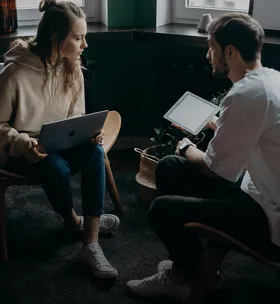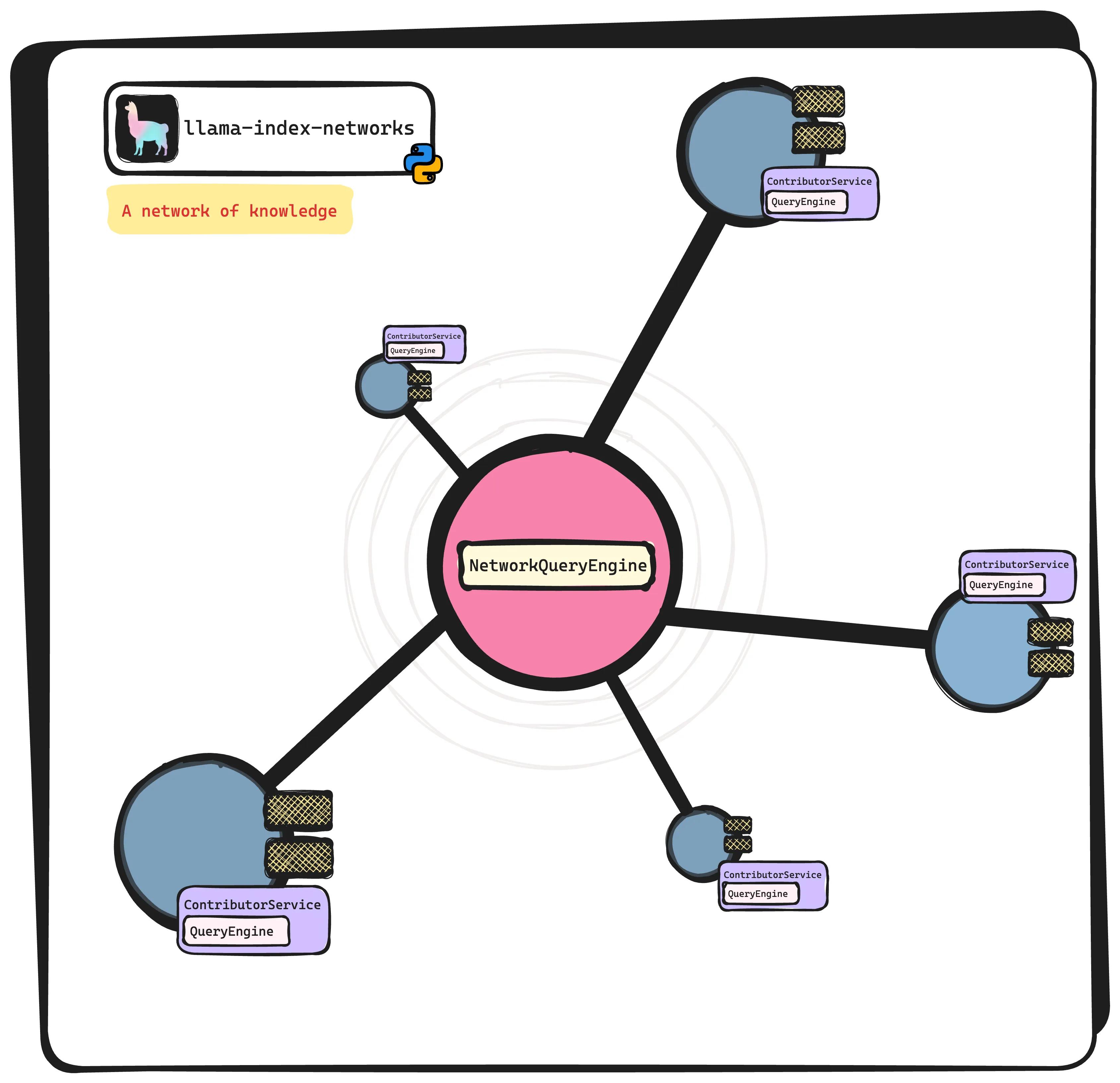Overview
I had the pleasure of speaking with Sam Charrington on the TWIML AI podcast about LlamaIndex, and the episode was just released this past Monday (5/8/23).
I thought it would be a fun experiment to distill some highlights from the podcast! And what better way to do this than using LlamaIndex itself (plus OpenAI Whisper for transcription)? 😉
I did the following:
- Ran the podcast through whisper.cpp
- Did some light manual cleaning of the text, and uploaded it as a Dropbox file.
- Get a high-level summary + ask some more targeted questions over the podcast transcript. Uses LlamaIndex 🦙. Colab notebook here!
We used the our list index to get an overall summary of the podcast, and also our vector index to ask more specific questions. We ask some basic questions ourselves, but also directly ask questions that Sam asked during the podcast in order to extract more concise versions of the responses that I gave (including removing a bunch of filler “you know” words).
All the distilled highlights using LlamaIndex are showcased below. Let us know what you think!
Distilled Highlights
What are three key points described in this podcast? Give a followup of each key point with an explanation.
- LlamaIndex is a toolkit for connecting language models to data. It was initially designed as a fun tool to play around with and solve a specific problem, but has since evolved into a set of useful tools and instructions that people can use to build applications on top of. The technique people were playing around with at the time was the idea of prompting and context learning, which is providing the right conditioning variable for the input and using that to send some sort of input prompt to the language model and get back a response. Additionally, LlamaIndex offers more advanced primitives such as decision-making at the top level to route queries to the right sub-data structure, and the ability to synthesize an answer from multiple data sources. It also provides an outer abstraction layer that can automatically reason which structure to use given an outer query request, and can be used as a drop-in module on top of existing data systems without having to worry about complexity. Examples of applications that can be built on top of LlamaIndex include ingesting video and structured data to parse into an audio transcript, running image captioning models, and creating augmented chatbot experiences on top of web scrapers.
- LlamaIndex is also exploring the idea of automation and unifying everything under a single query interface, so that users don’t have to specify a different parameter for every use case. This includes optimizing token usage, making queries faster, and reducing costs for the user. Additionally, LlamaIndex is looking into applying automation to the data system world, such as teaching Oracle databases how to spit out natural language prompt responses, and making the data stack more efficient. This includes simplifying the data stack over time, especially as language models take off, and leveraging capabilities of LLM’s and various components of the data landscape to simplify the number of steps it takes from raw data to insight for the user. They are also exploring the idea of inferring the right schemas and writing structured data from unstructured data, as well as automatically building a natural language query interface with a view of the data within the data system.
- LlamaIndex is also exploring the idea of agents as a layer of automation for decision making over any sort of function that you want to run. This includes taking in some input and doing reasoning under the hood to decide, make a decision over some input, as well as some access to some context, for instance, over your data or over the set of tools that is able to have access to. Additionally, LlamaIndex is looking into ways to reduce cost and latency, such as using more fine-tuned distilled models that are a bit smaller, and making sure that the more decisions that are chained together, the less errors propagate over time. They are also exploring the idea of observability and evidence across a chain of relatively independent decisions that individual agents are making, as well as the interfaces that these agents might use, such as traditional software and agent worlds.
What is the origin story of LlamaIndex?
The origin story of LlamaIndex is that it was founded in November by Jerry, who was trying to build a sales bot. He was playing around with GPT-3 and wanted to use it on his internal company data. He wanted to use it to synthesize a to do list for him for the next customer meeting, as he had to spend 20–30 minutes reviewing notes from the previous call transcripts. This led to the idea of stuffing data from Notions, Slack, Salesforce, data lakes, vector databases, and structure databases into language models. This was the impetus for LlamaIndex, which is focused on connecting data to language models and tapping into the capabilities of language models to utilize them on top of private sources of data.
What is LlamaIndex doing beyond top-k retrieval?
LlamaIndex is offering more advanced primitives on top of basic top-k retrieval in order to provide responses to more complicated questions. These primitives include decision-making at the top level to route queries to the right sub-data structure, synthesizing information from multiple data systems, and providing trade-offs between different approaches.
Additionally, LlamaIndex is working on building tooling to help users create customizable indexes and views of their data to allow them to execute different types of queries. This includes connecting to existing data systems, defining metadata on top of each unit of data, providing the building blocks to create different types of indexes, and abstracting away complexity with an outer agent layer that can automatically reason which structure to use given a query request. This allows users to get the best results for a query, while also providing an alternative to something like a langchain or using it as part of building a broader solution.
[Sam] It sounds like we’re starting to identify a higher level of abstraction that different use cases will fall under. Is it more the case that there’s some manageable number of these primitives, like 10, 20, or is it that every use case is going to be a little bit different, and there are hundreds of thousands of kind of fundamental ways that people want to work with their documents, and so you need to just give them a very open capability?
Jerry’s response is that there are probably a few different use cases that people tend to want to get answers from over their data, and it is possible there is a giant long tail of different tasks. He believes that the complexity of the task scales with the number of steps it requires to execute, and that users need to be given customizable building blocks in order to get the results they want. He also believes that the next natural step is to automate the process and unify everything under a single query interface, so that users don’t have to specify different parameters for every use case.
He also believes that this paradigm is displacing more static paradigms like ETL, and that it is applicable to a wide range of applications. He sees this agent type environment becoming fundamental infrastructure that reimagines the entire existing enterprise data stack, and that it can be used to parse unstructured data into structured data, as well as to automatically reason how to best transform data from one place to another. He also believes that this will make the job of the data engineer and data scientist much more efficient, and that it will enable the creation of natural language query interfaces that have a view of the data within the data system.
[Sam] When you think about the interface between LLM-based data processing system and the data sources of record, what does that interface evolve to look like? For example, does it evolve to look like the chat GPT plugin model, where we’re going to teach our Oracle databases how to spit out natural language prompt responses, that kind of thing, or do you think that there’s some more efficient way of doing that or is that more efficient? Like, what’s your view of the way these things evolve?
I think the way this interface will evolve is that it will become more automated and efficient. We will be able to use language models to understand raw text and extract the relevant information from it, without having to manually enter data into a structured format. We will also be able to use agents to automate decision making and provide a unified query interface, so that users don’t have to specify different parameters for every use case.
Additionally, we can use LlamaIndex to structure data in a way that allows us to make use of the limited prompt size of GPT-3, while still being able to achieve the task. We can also use this data stack to infer the right schemas and further write structured data from unstructured data, as well as automatically build a natural language query interface that has a view of the data within the data system. This will enable us to make the job of the data engineer and data scientist much more efficient by having automated reasoning agents over deciding, making decisions at every stage of the data infrastructure stack.
Want to ask your own questions over the podcast?
If you want to build your own LLM-powered chatbot over our TWIML podcast, check out the resources below!





